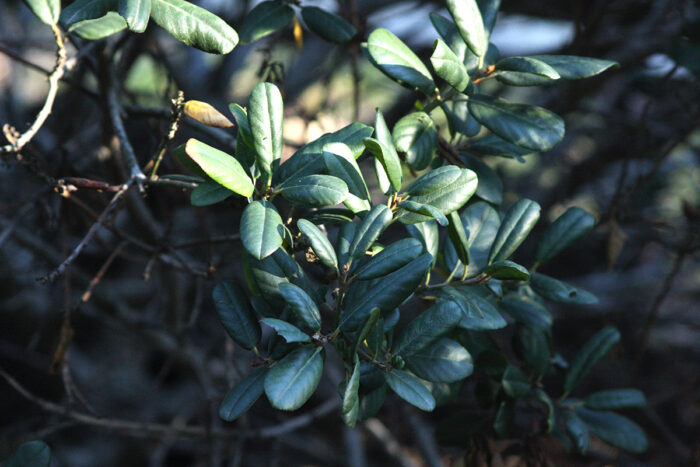
One of our iconic trees here in Southern California is the oak (Quercus spp. and cvs., Zones 4–11). Whether they are grown as stand-alone specimens or in a grove, the beauty of these trees is awe-inspiring. If you have an oak in your yard, you understand this and will want to do your part to protect them.
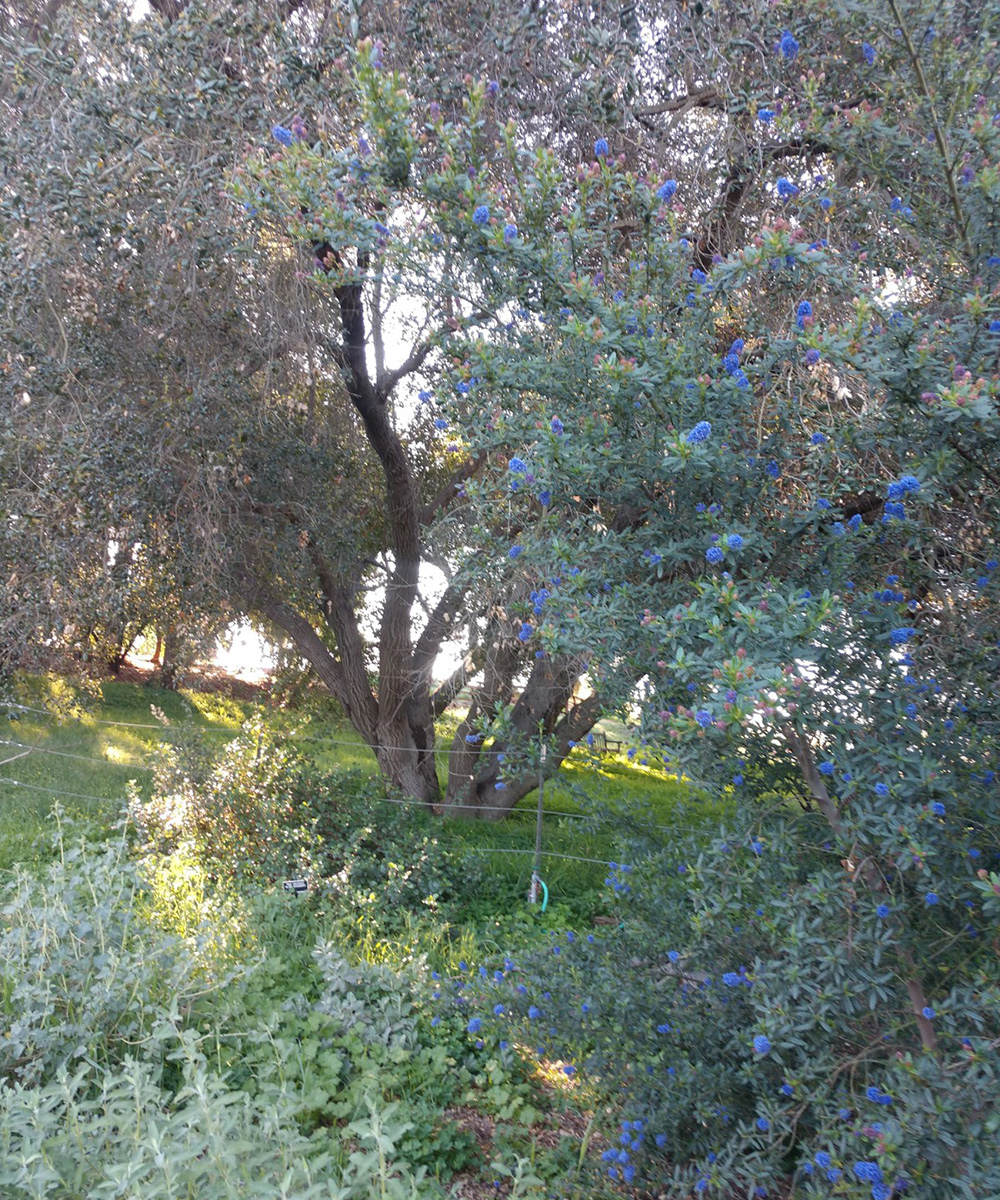
California-native oaks such as coast live oak (Q. agrifolia, Zones 8–11) and valley oak (Q. lobata, Zones 7–11) are adapted to our wet winters and dry summers, so keeping this in mind will help you make decisions about nearby plantings. The best thing you can do near an oak is mimic nature. This means no lawns or other water-heavy understory plantings.
Oaks shed their leaves; leaving this material as a natural mulch is best. This practice promotes the growth of beneficial fungi and protects the soil’s ecosystem. I once heard someone refer to an oak’s leaf litter as the tree’s immune system. So keep that mulch in place, and only plant to the drip line (the edge of the canopy). When planting, incorporate natives that may naturally grow in an oak understory canopy. Below are some of my favorites.
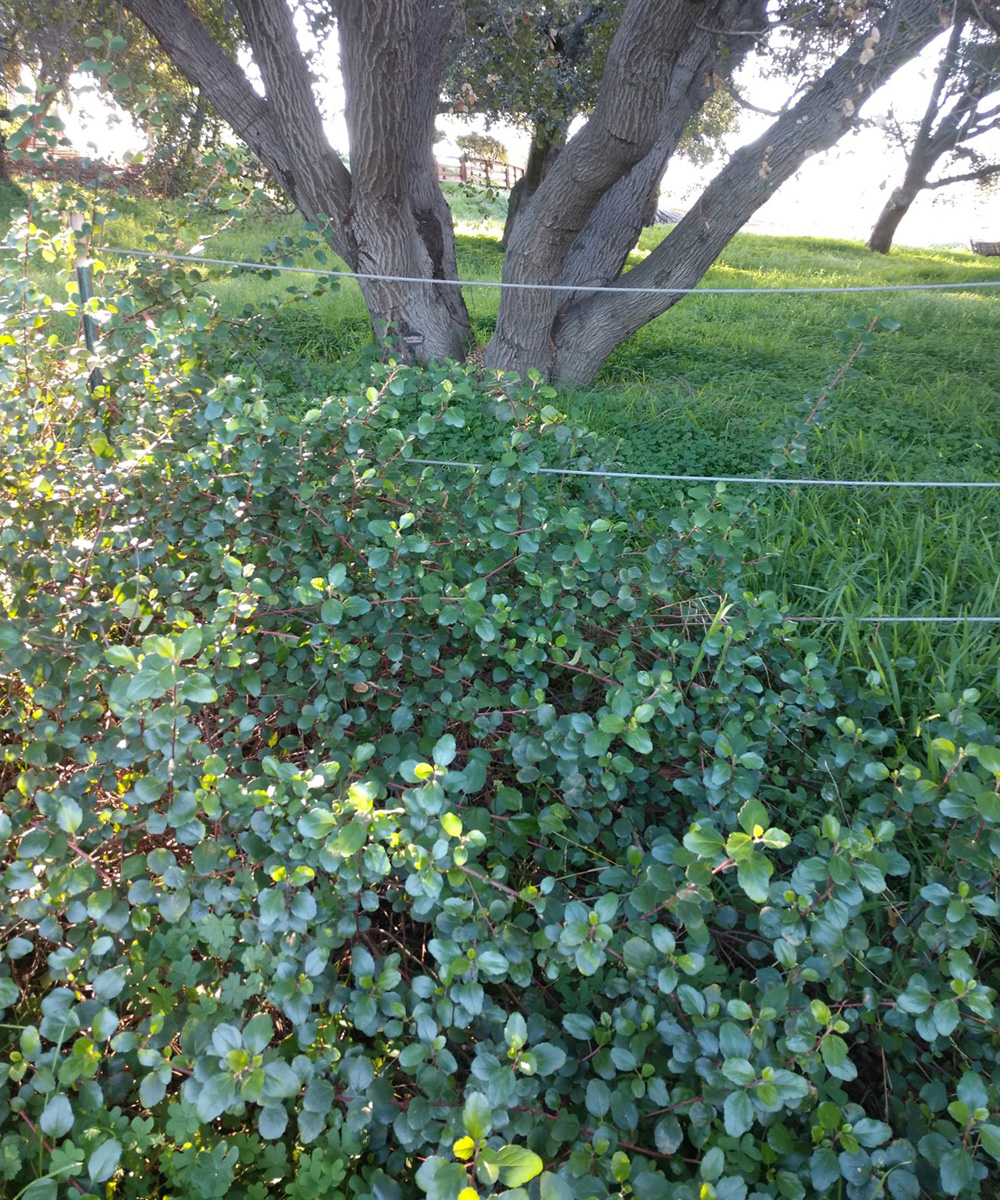
Catalina currant
Ribes viburnifolium, Zones 6–10
One of the most ideal ground covers for dry shade, this plant is at home under an oak. Reaching 2 to 3 feet tall with an arching habit, this currant is tolerant of most soils, including clay. It has shiny, round, dark green leaves and red stems that offer year-round beauty. It’s very consistent in appearance and a reliable grower in the shade, but it will burn in too much sun. Catalina currant is native to Santa Catalina Island and Baja.

Hummingbird sage
Salvia spathacea, Zones 7–10
As gardeners, we are usually introduced to a new plant in a garden or nursery. But my first encounter with this sage was on a backpacking trip in the Santa Cruz area. And where did I spy a whole grove of these? Under an oak, of course! These beautiful sages have magenta blooms and reach about 1 foot tall. Spreading, they will eventually form a nice colony. They are highly adaptable and can tolerate varying light and soil conditions but do best with dappled light and adequate drainage. They can get powdery mildew, but simply spritz them with water and trim off badly hit leaves. It’s typically temporary.
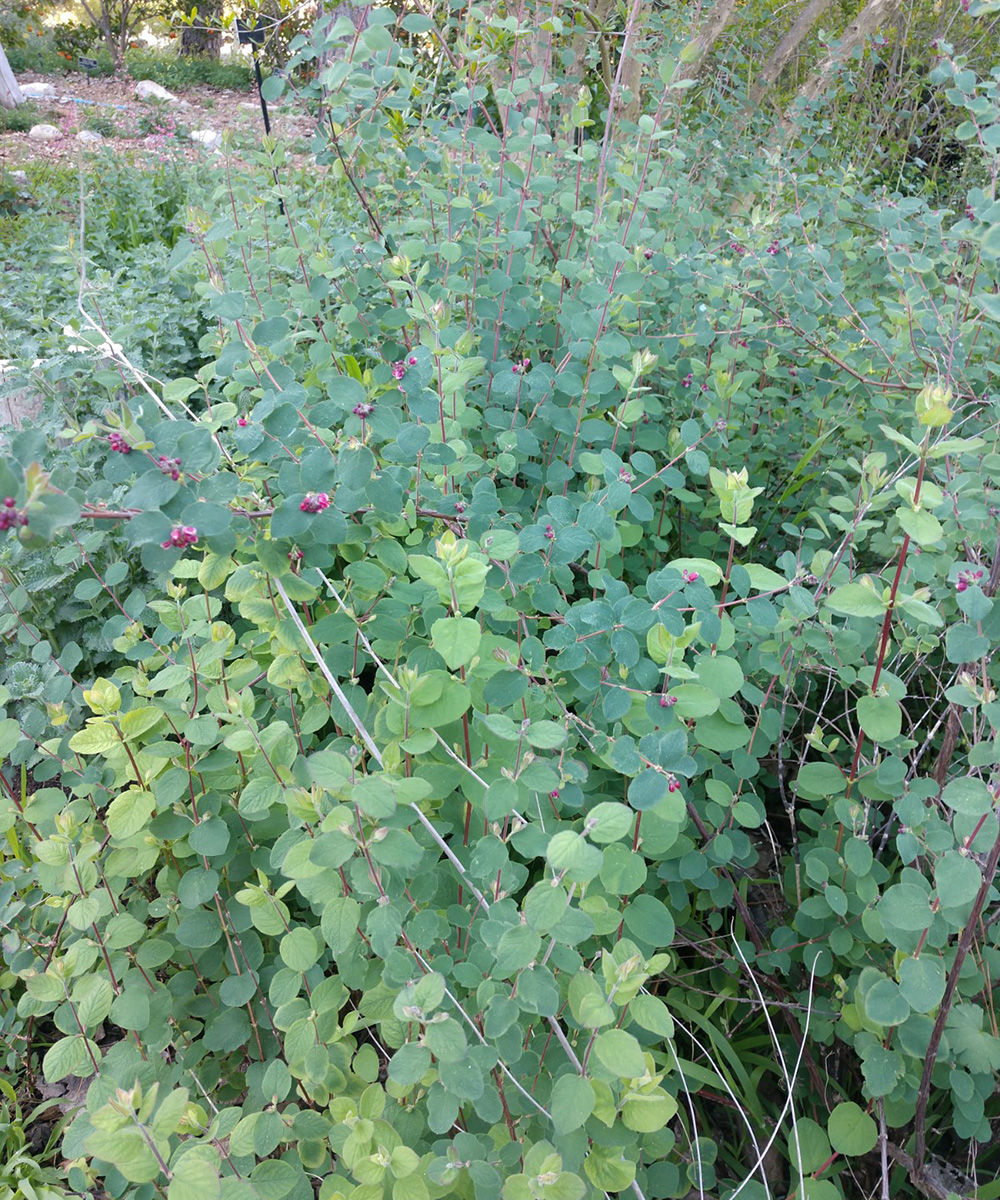
Snowberry
Symphoricarpos alba, Zones 4–10
A deciduous shrub reaching about 4 feet high, snowberry has an arching form and small leaves, giving it a very delicate look. But looks can be deceiving, because it’s a very hardy shrub. It naturally grows along stream beds but withstands drought by going dormant. The white berries are beloved by birds and the snowy white color is unique. It will spread by rhizomes, but not too aggressively. It’s also tolerant of various soil types.
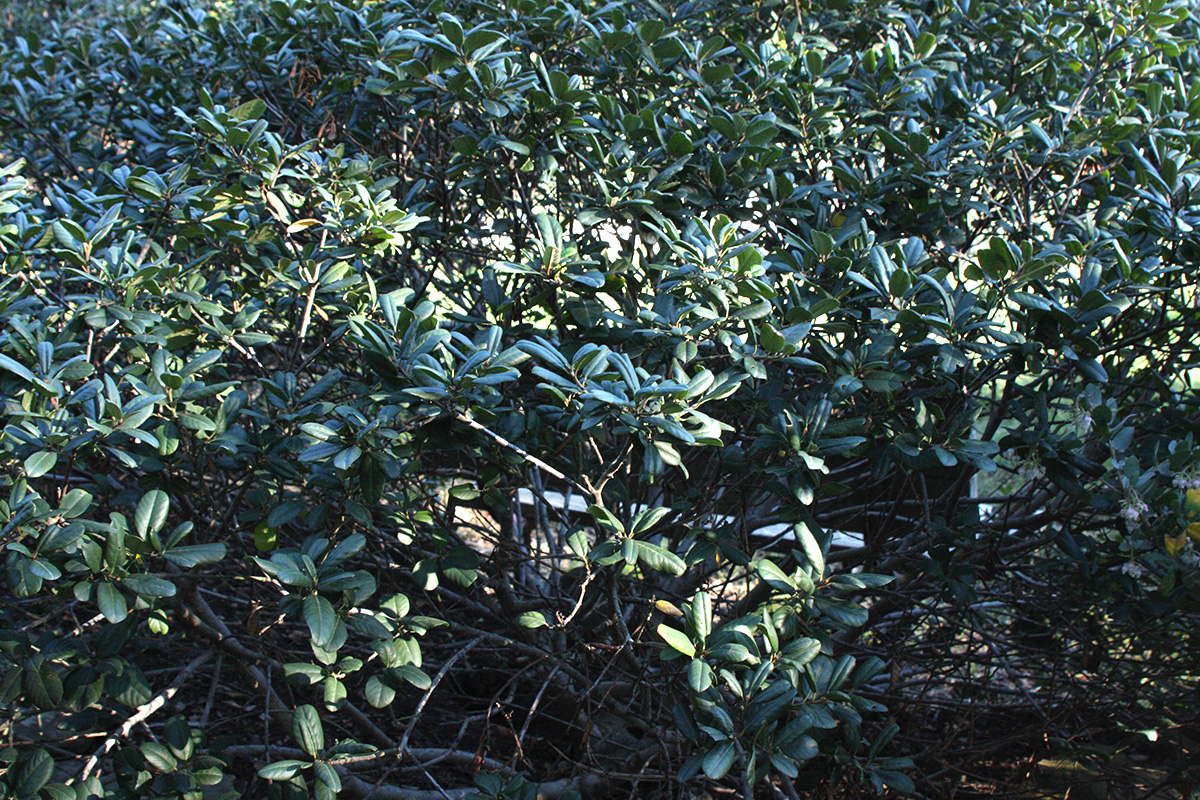
California coffeeberry
Rhamnus californica, Zones 7–10
This is one handsome workhorse in the garden. It’s evergreen with shiny dark green leaves. California coffeeberry has a tidy look and can even be used as a hedge. It offers a stable backdrop to other plants that will flower, fade, and fluctuate with the seasons. Birds love its red berries that turn black upon maturity. It’s very drought tolerant and can take many different site conditions. This coffeeberry reaches up to 8 feet tall but there are many cultivars that are more compact in size if that is an issue. It’s worth finding a spot for this evergreen under an oak.
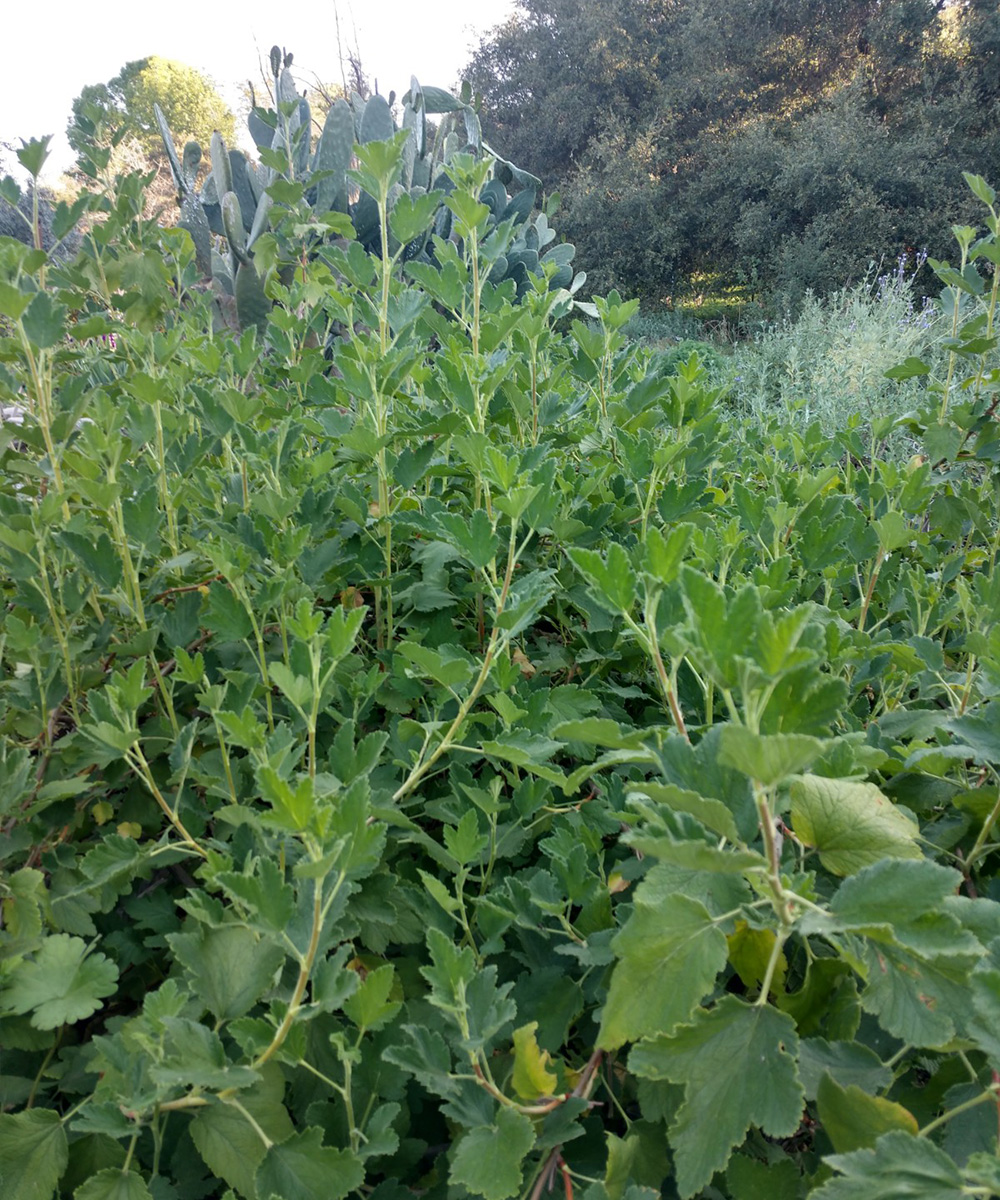
Chaparral currant
Ribes malvaceum, Zones 7–10
One of my favorite California natives, chaparral currant is a graceful grower. The flowers are fragrant and dangle like earrings. Hummingbirds adore these plants in mountain areas. This currant will appreciate more sun, so plant it in the dappled light of an oak or on the sunnier southern edge of the canopy. It will bloom from October to March, offering winter beauty, and go dormant in hot summers. As weather cools and rains reappear, so will that foliage. It will reach 5 feet tall and looks striking planted among boulders.
—Cara Hanstein is a head gardener at the Huntington Library, Art Museum, and Botanical Gardens in San Marino, California.
Fine Gardening Recommended Products

DeWalt Variable-Speed Cordless Reciprocating Saw
Fine Gardening receives a commission for items purchased through links on this site, including Amazon Associates and other affiliate advertising programs.
- 18.31 x 6.13 x 4 inches
- 1-1/8-inch stroke length
- Variable speed trigger with 0-3000 spm

SHOWA Atlas 370B Nitrile Palm Coating Gloves, Black, Medium (Pack of 12 Pairs)
Fine Gardening receives a commission for items purchased through links on this site, including Amazon Associates and other affiliate advertising programs.


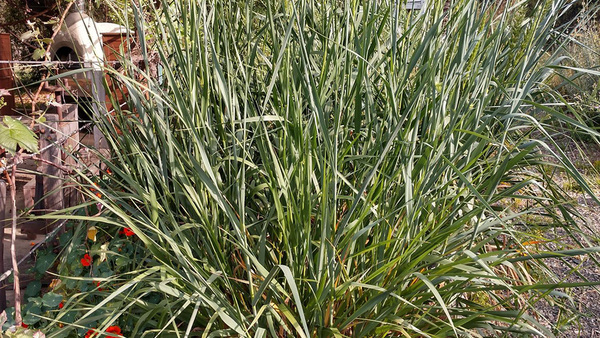
















Comments
Log in or create an account to post a comment.
Sign up Log in